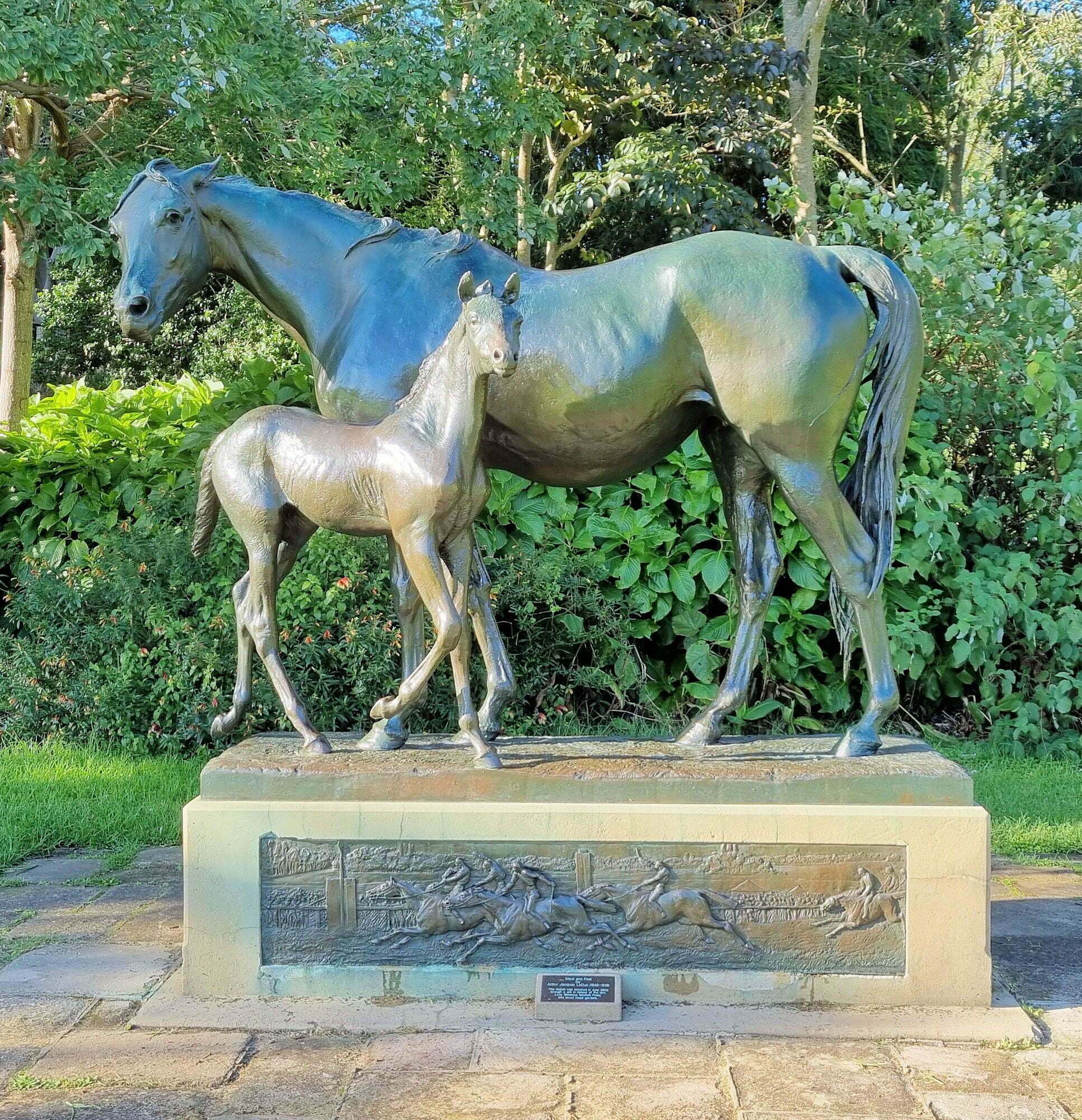Tag: Memorial
-
Brays Bay Ship-Building Memorial

Brays Bay Ship-Building Memorial Located adjacent to the Kokoda Track Memorial Pathway, the Brays Bay Ship-Building Memorial is a tribute to the ship building that operated here from 1939 to 1945. Representing a ship a sculpture sits next to the entrance walkway which has ships’ names etched into it. Operated by Tulloch, the shipyard built… Read more
-
Sub Base Platypus Sydney

Sub Base Platypus Sydney Sub Base Platypus is a unique site located in Neutral Bay, Sydney, Australia. The site has a rich history dating back to the early 1900s when it was originally used as a gasworks site. In the early 1960s, the site was acquired by the Royal Australian Navy (RAN) and used as… Read more
-
Statues Royal Botanic Garden Sydney

Statues of the Royal Botanic Garden Sydney Besides plants and trees, the Royal Botanic Garden in Sydney contains many varied and interesting statues. Many are from the early days of the garden when statues formed a major part of its display. Unfortunately removed in large numbers as the gardens developed, many still remain adding to… Read more